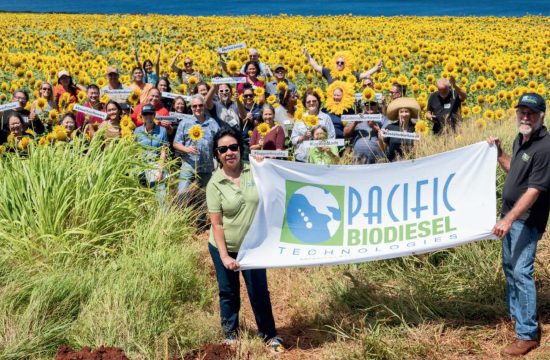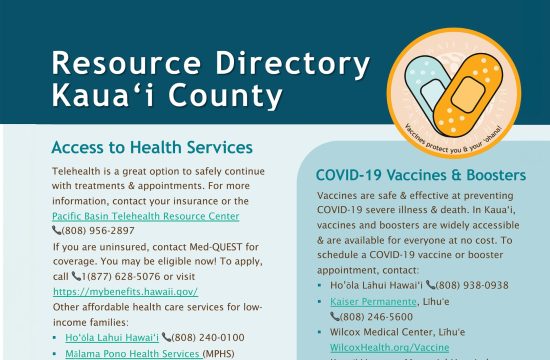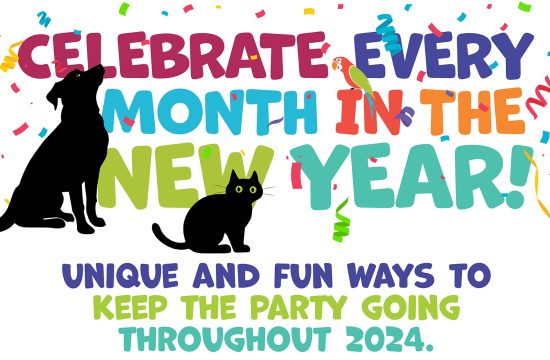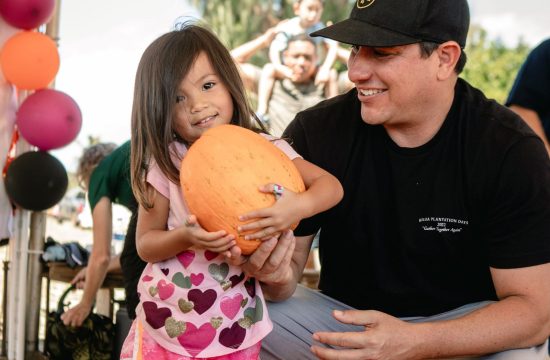Let the results roll in! Election Day is (nearly) here! Voting is one of the primary ways we participate in our democracy, but it can be hard to know how to talk to kids about voting, especially during this contentious election season. Election Day is a great opportunity to help your kids understand how our country works—and to talk about the values you believe in (whomever you’re casting your ballot for)
Wondering how to get started?
Here are 7 tips for kicking off the conversation with your littlest citizens.
1. Illustrate the Concept of Voting
Even preschoolers can grasp the idea that voting is a way for people to make decisions. To bring the concept home, go grassroots! Try having a family vote about something that really impacts your child’s day. For example, vote about what to make for Sunday dinner, what game to play, or what book to read. For older children, try introducing the concept of nominating a meal or game before the vote—or get’em on a soap box and let them make a speech to advocate for their favorite choice!
2. Share your beliefs
You absolutely can tell your kids who you’re voting for and why. Talk about the things that are important to you and your family in this election—after all, many of the decisions we’re making today, from environmental protection to affordable education and job creation, will impact our kids as they grow.
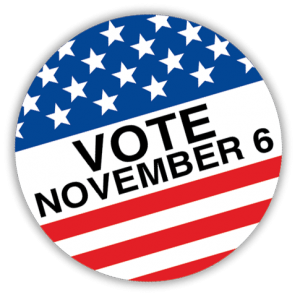
For young children who are still learning how to be kind and considerate to others, this combative election can be tough to understand. But this is a great time to teach kids that it is perfectly fine to disagree with people—and that we can all practice listening to other ideas with respect. Talk with your child about how you handle disagreements in your home. Use concrete examples, like: Sometimes we can solve a problem together, remember when you and your sister wanted to play with the same doll, and you decided to take turns? Remind her that grown-ups loose their tempers, too and that it’s okay to apologize when we do. Talk about how to manage big feelings by taking time to calm down in a quiet space or with a deep breath.
4. Reassure Them
During election season, media stories about hard-to-understand issues may cause kids concern. One of the best tactics is to focus on kid-sized solutions. For example, if a child is concerned about environmental issues, give her opportunities to help in ways that are understandable and immediate by, say, turning off the lights or recycling.
5. Get Them Excited About Elections
If you vote by mail, show your children the ballot. If you head to a ballot box, take your child with you if you can. By showing your kids that you think voting is important, they’ll be more likely to grow up participating in the voting process, too.
6. Use Math to Explain Election Results
Represent the election results with a jar of bottle caps, crayons, or other household objects. Start with 100 objects and then divide them into two jars to represent the percentage of the vote each candidate received. Use words like more and fewer with younger children. Older children may want to help you count or write numbers on cards to label the jar for each candidate.
7. Point out Signs of Election Season
There are a lot of signs an election is near including bumper stickers, election signs, and sign waving.
Point out these concrete examples of election season and encourage your child to notice them as well. After all, these signals encourage us to learn about the candidates and remind us to vote!


